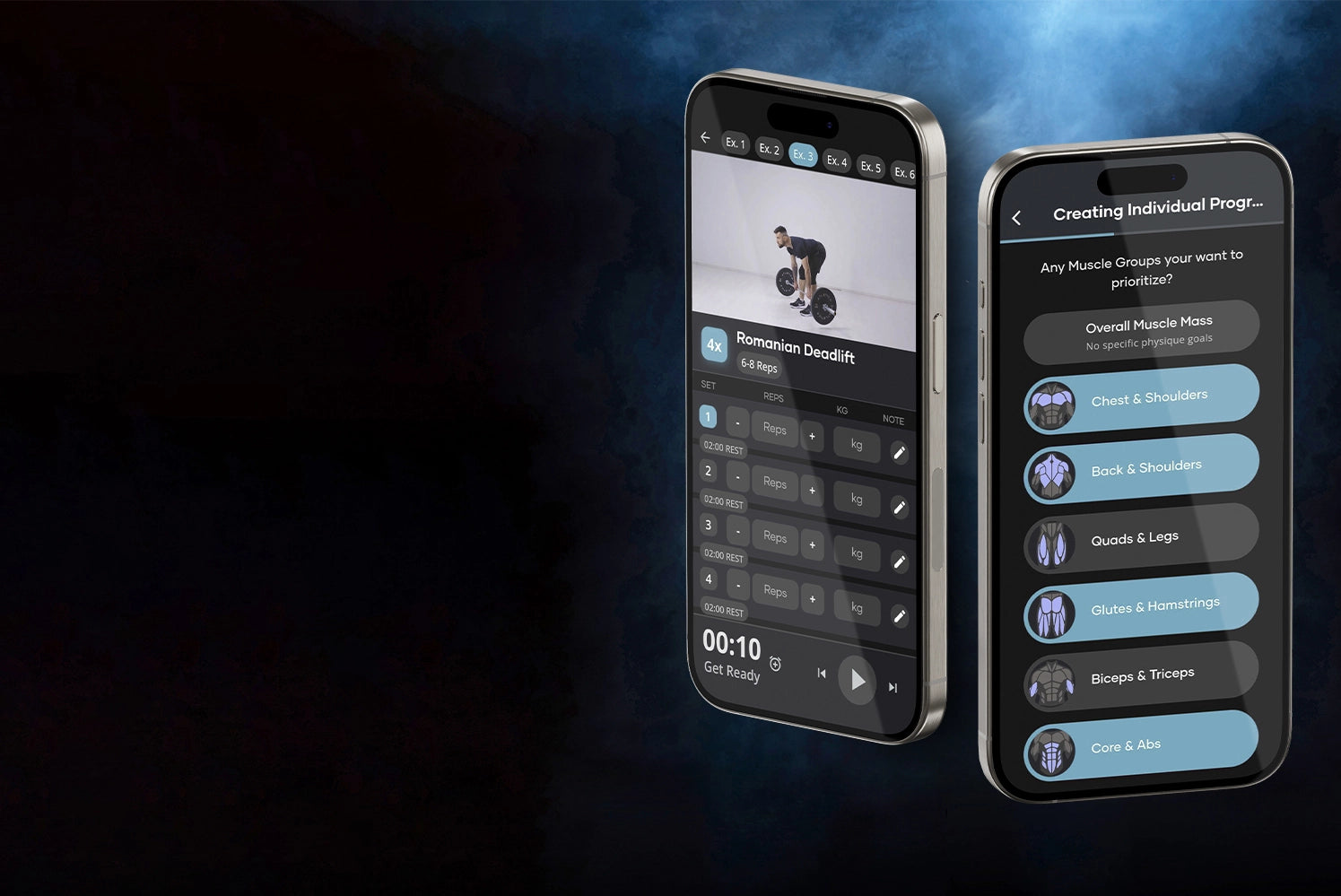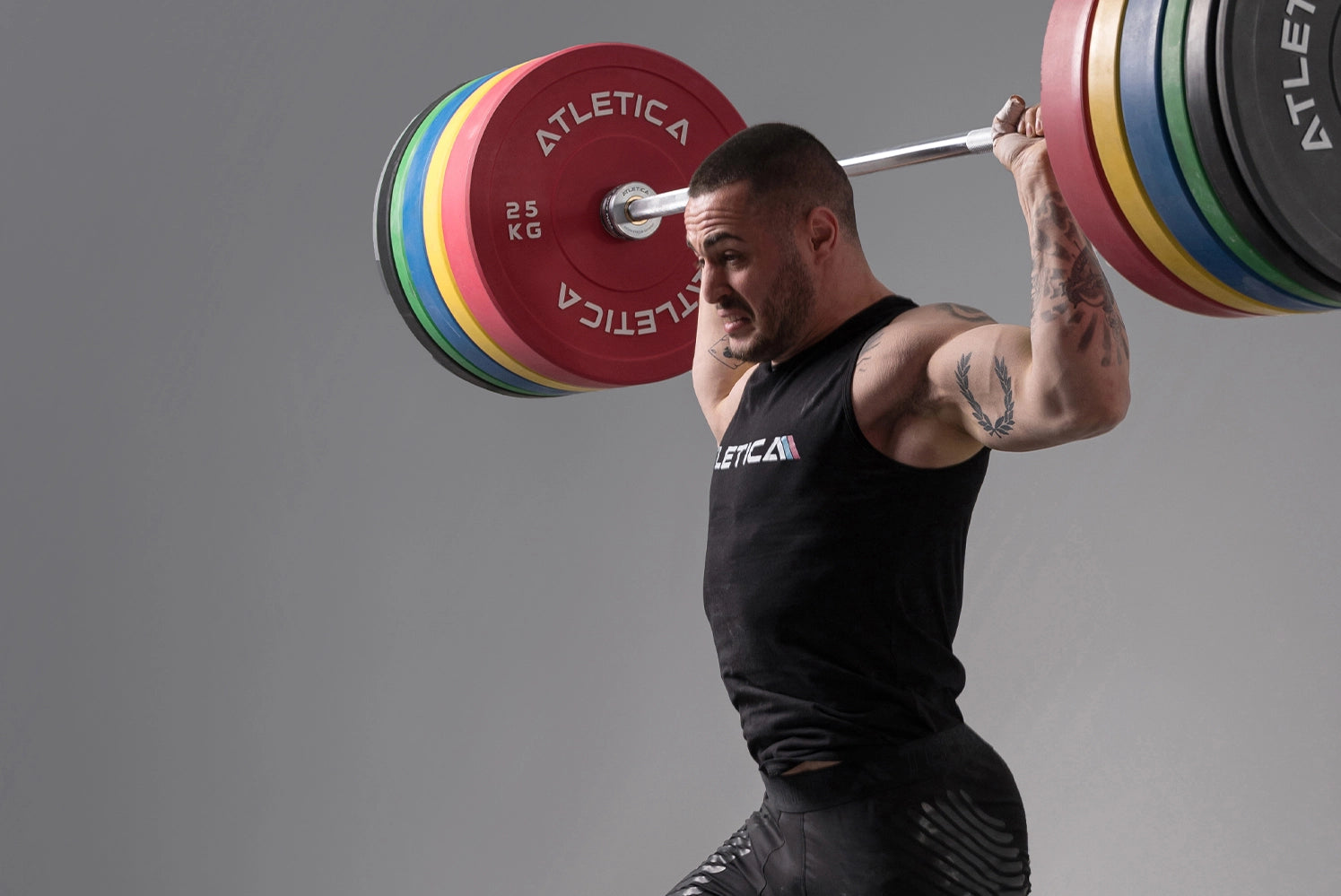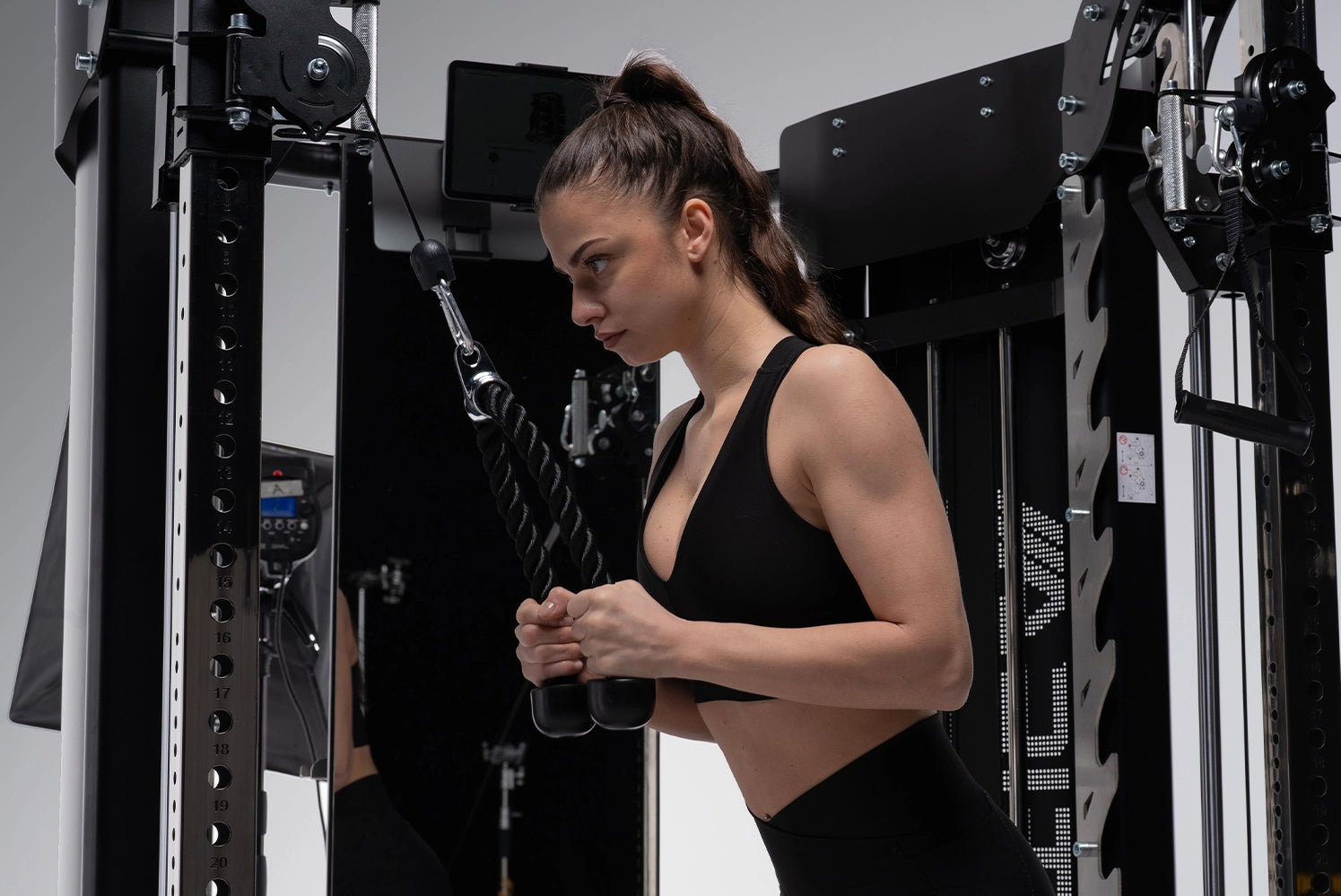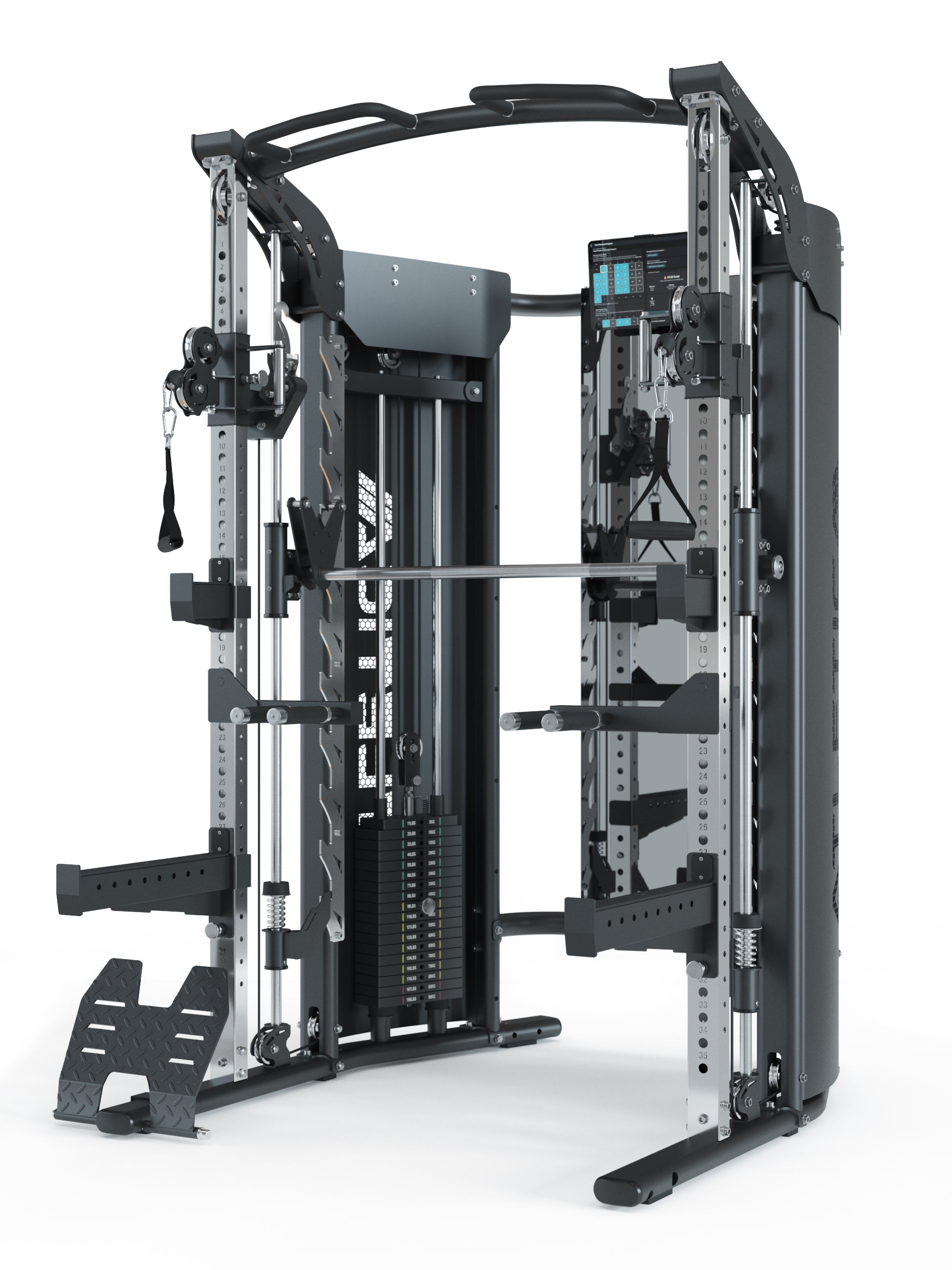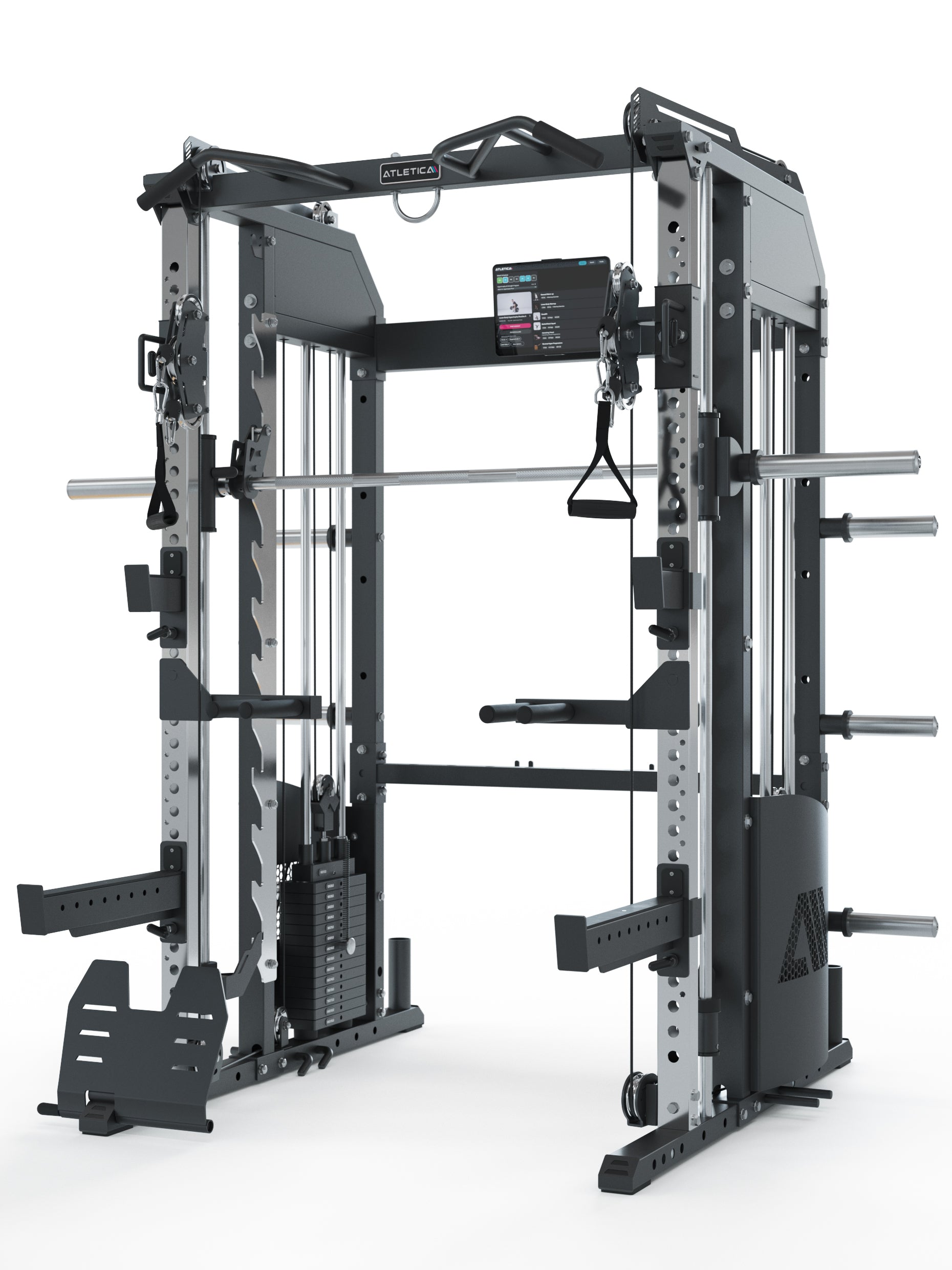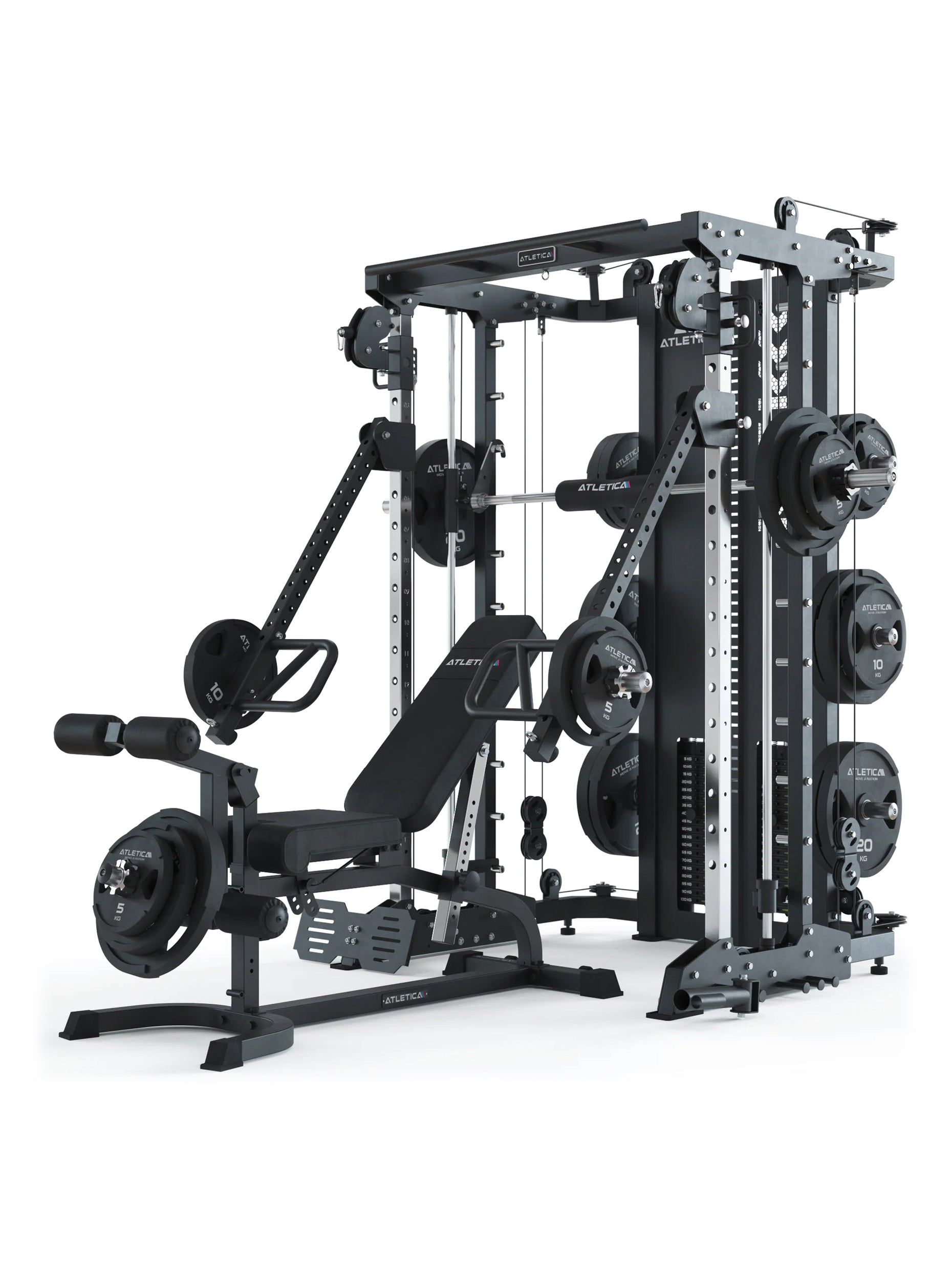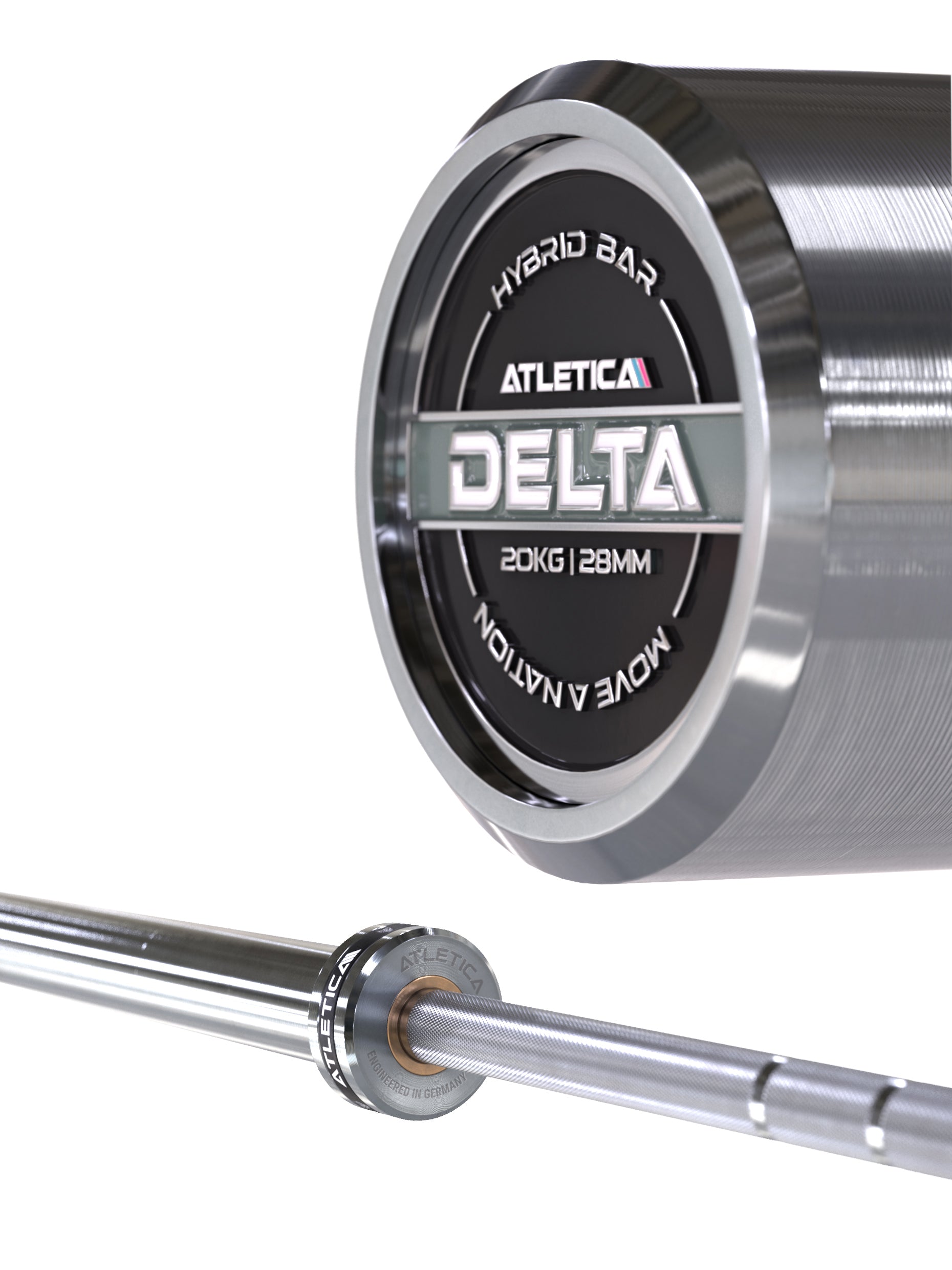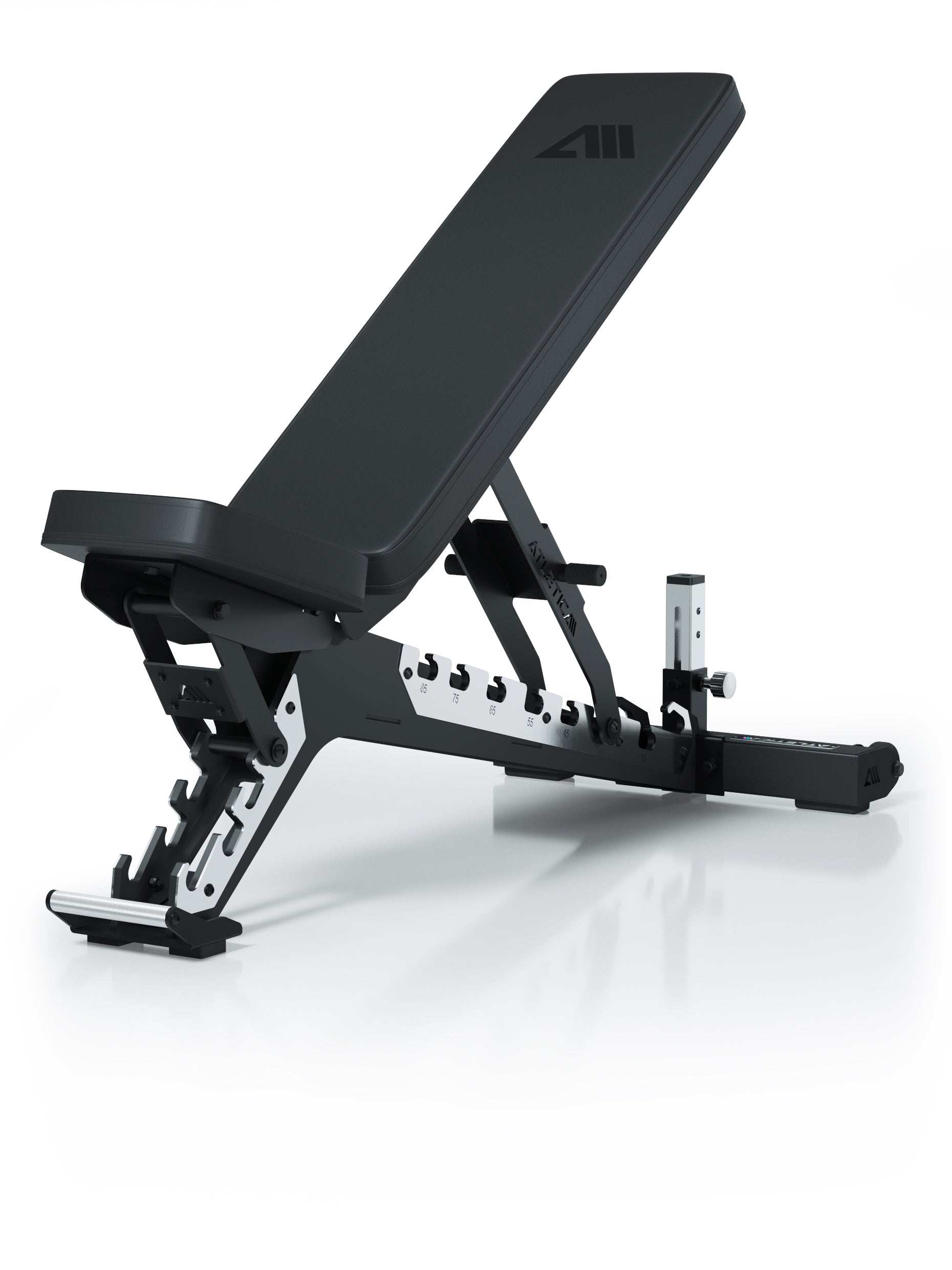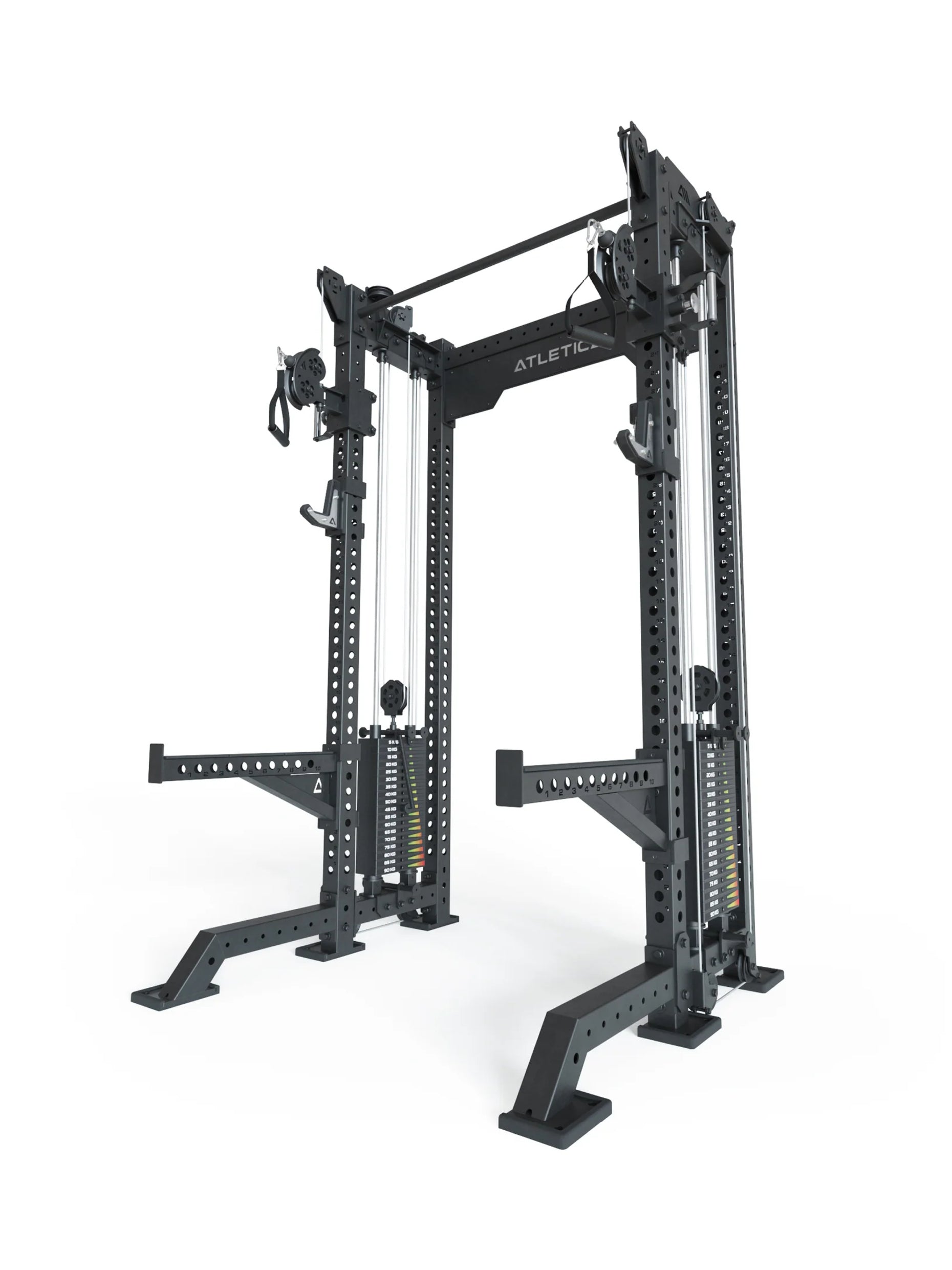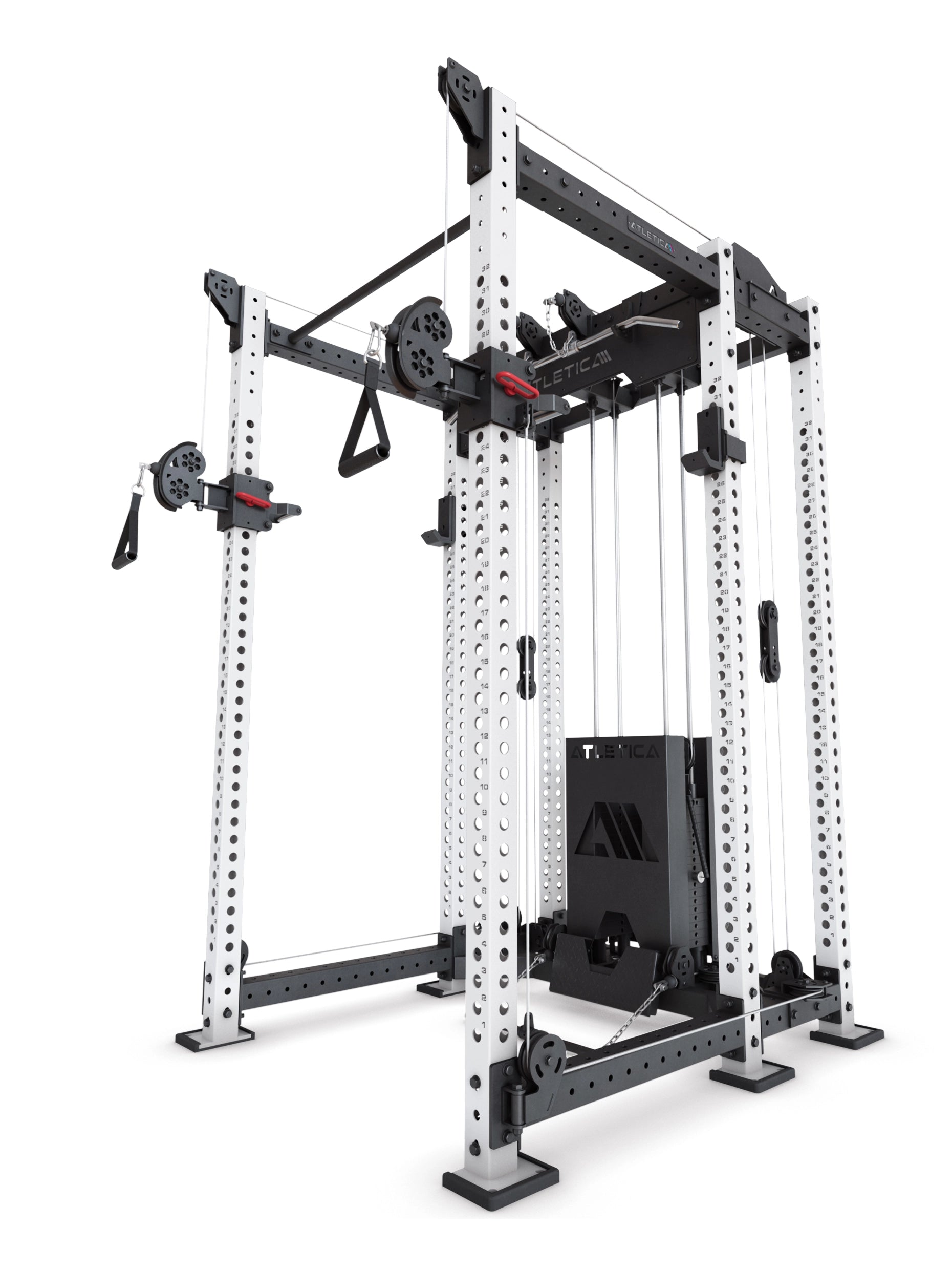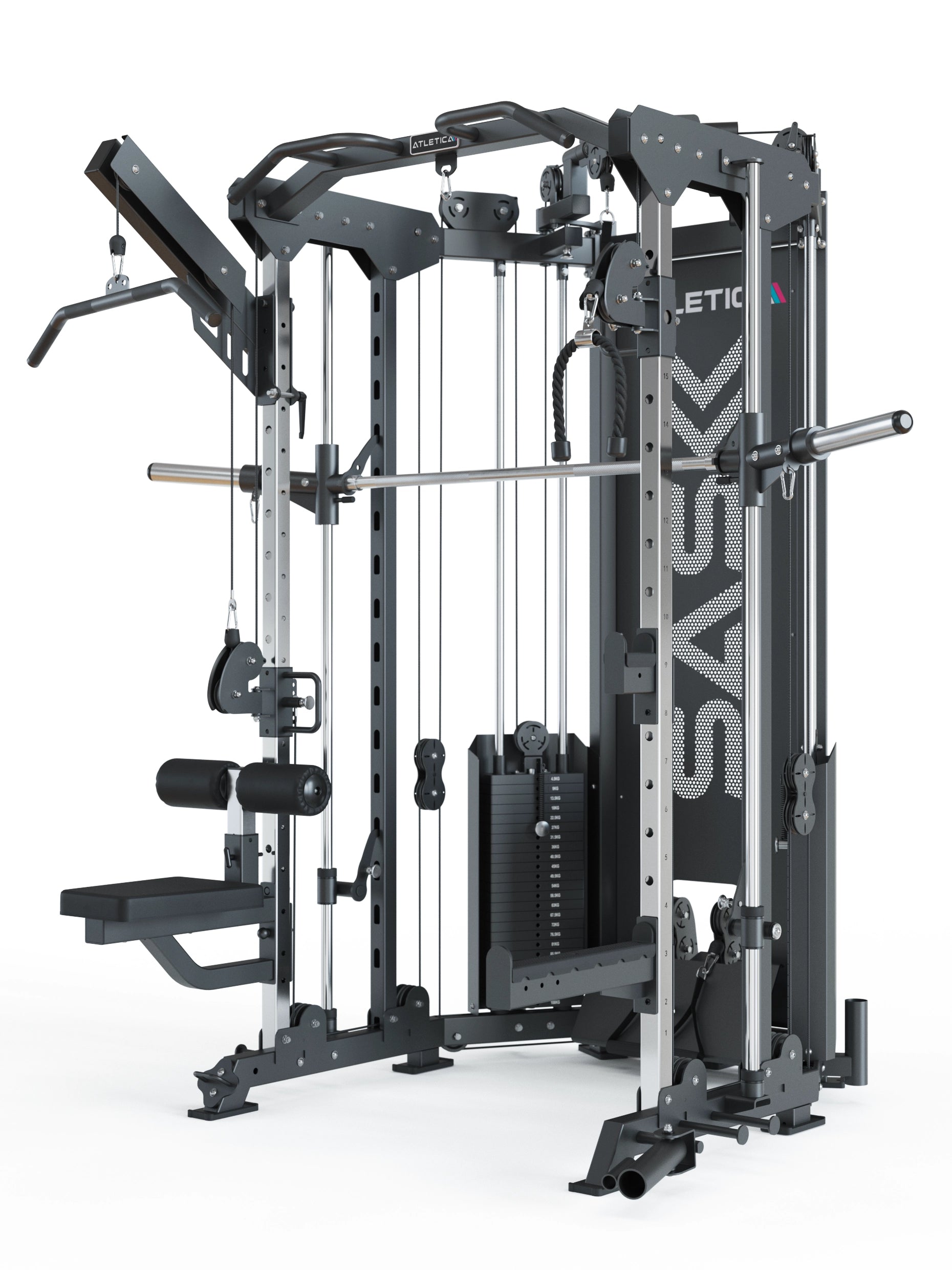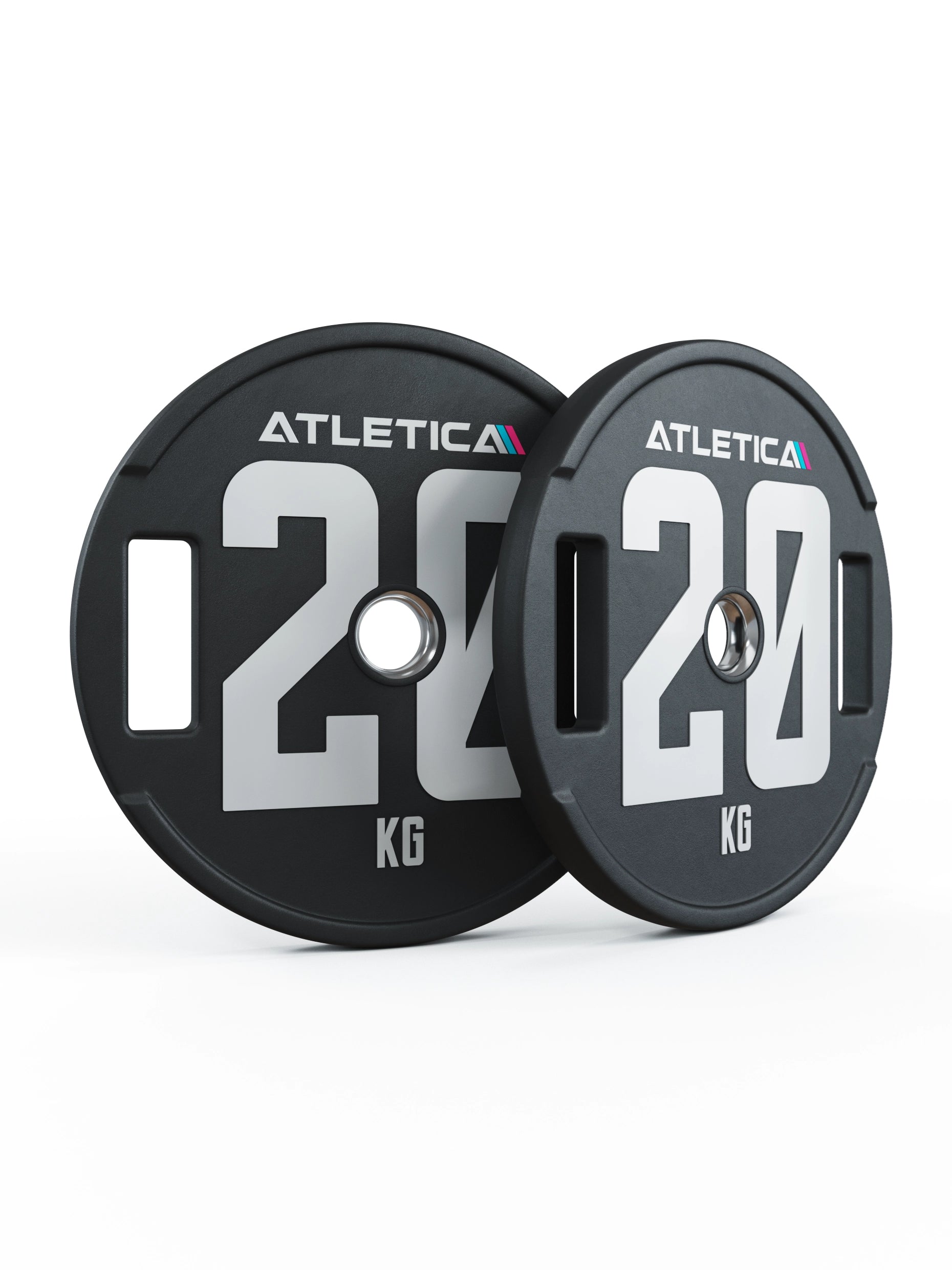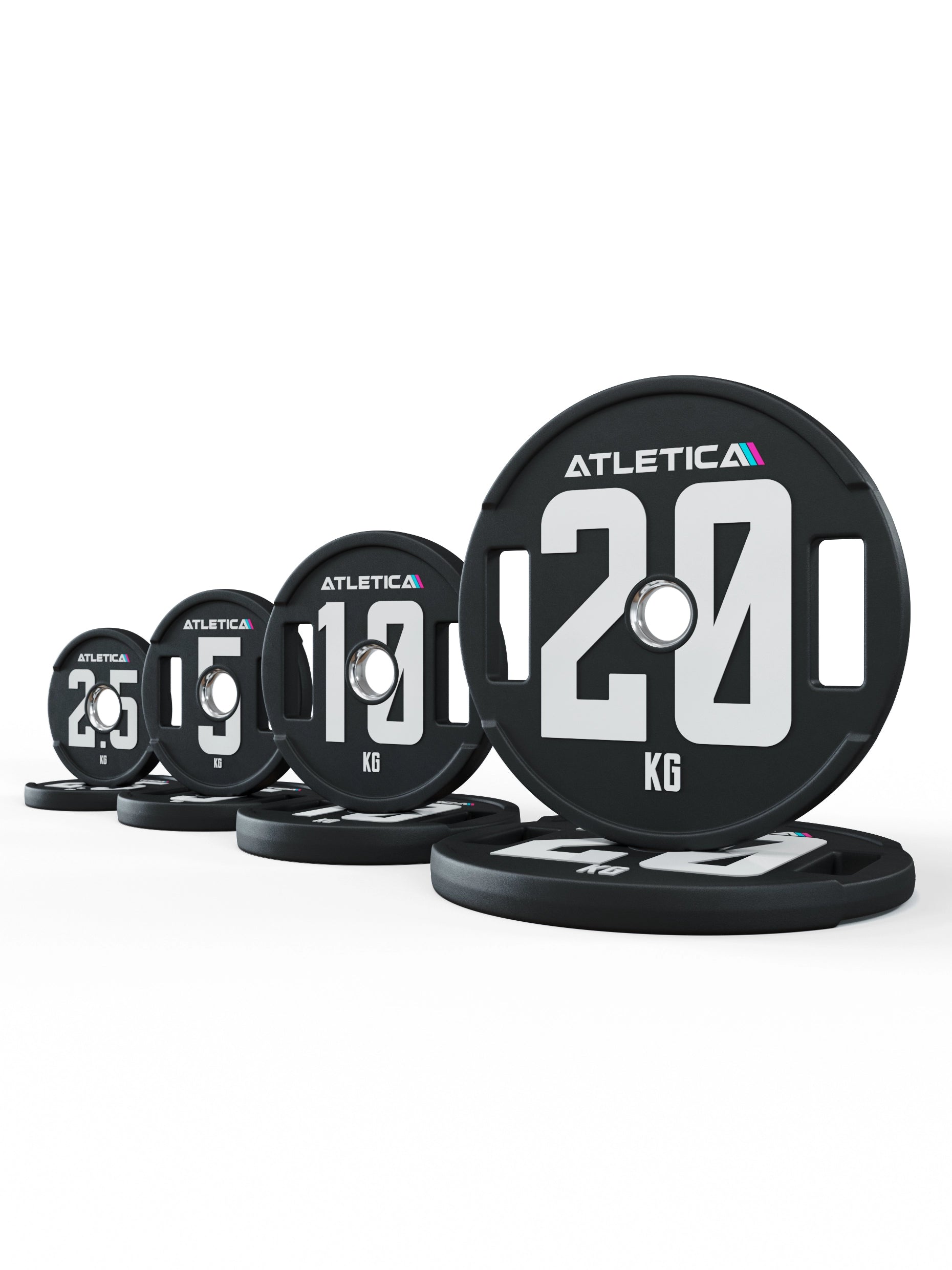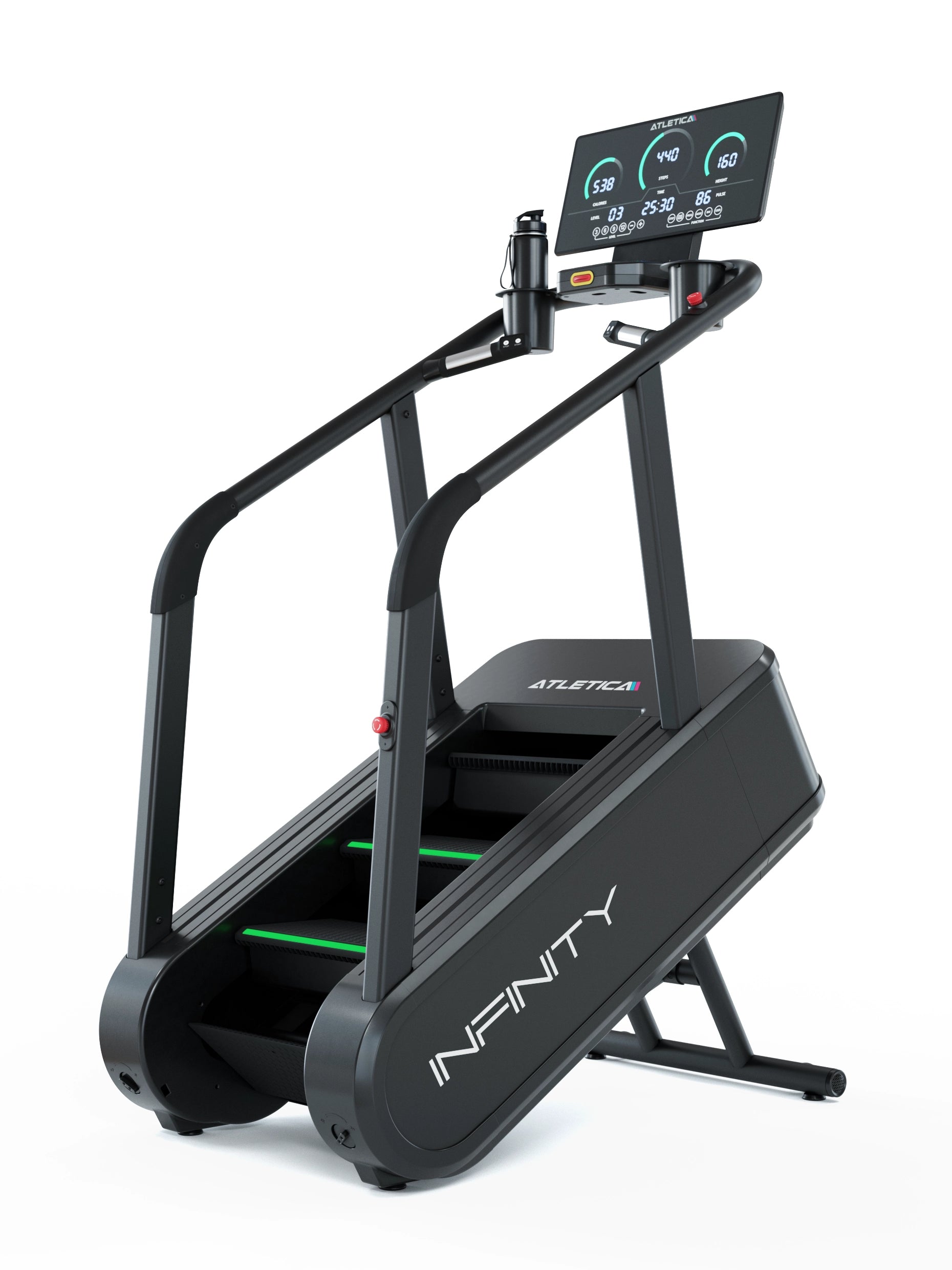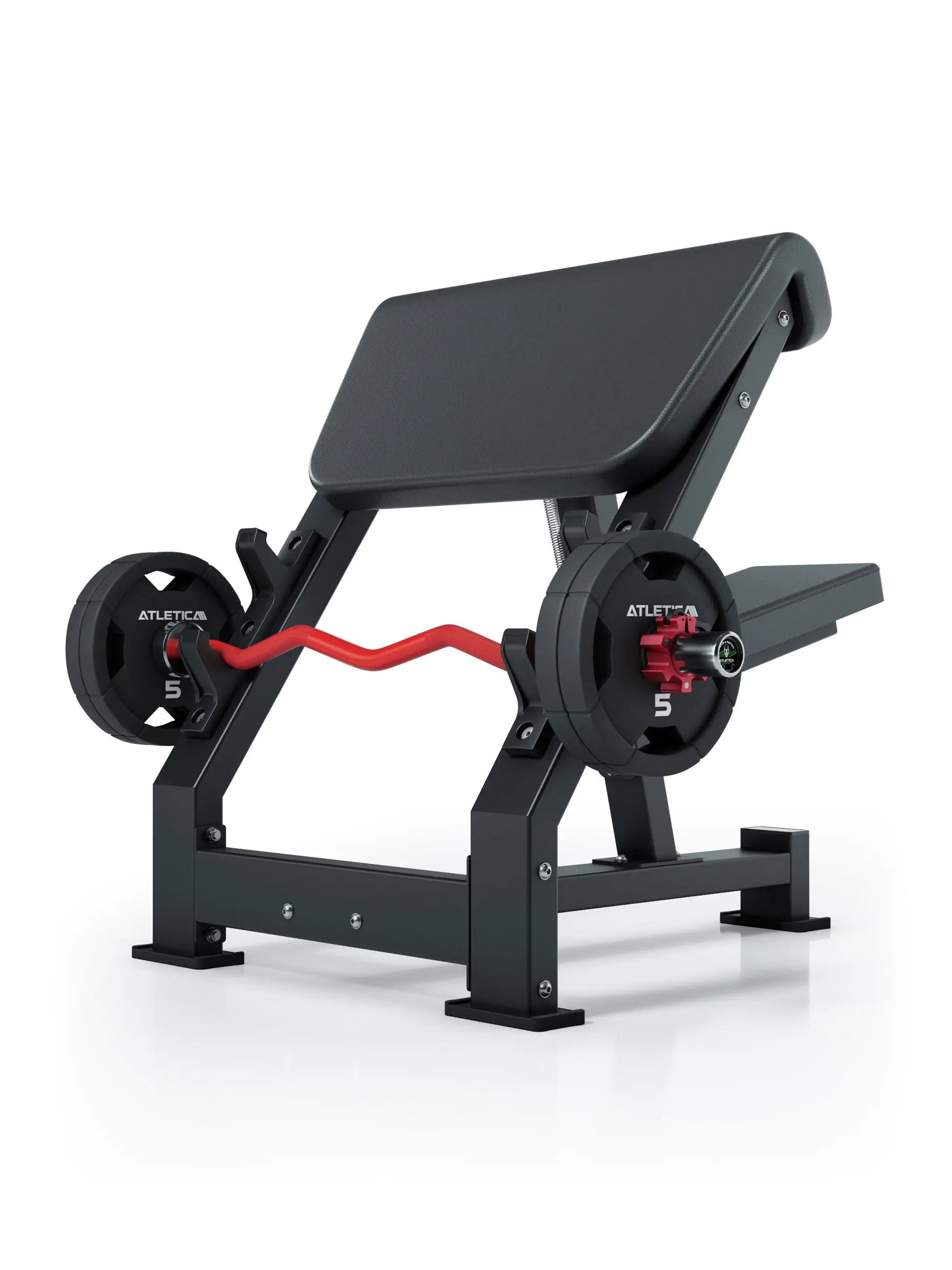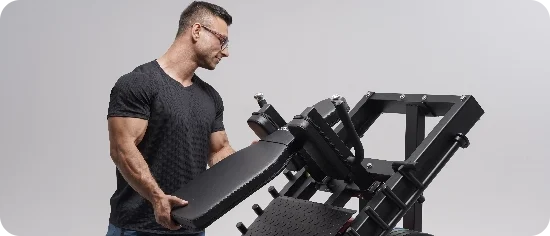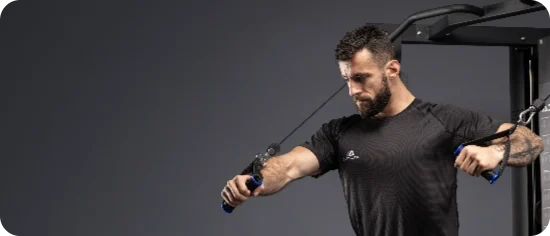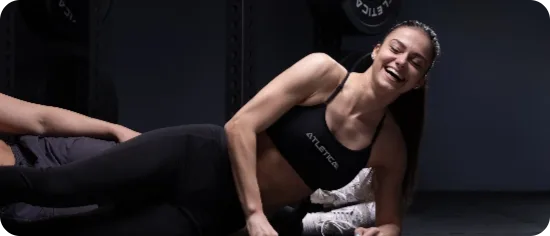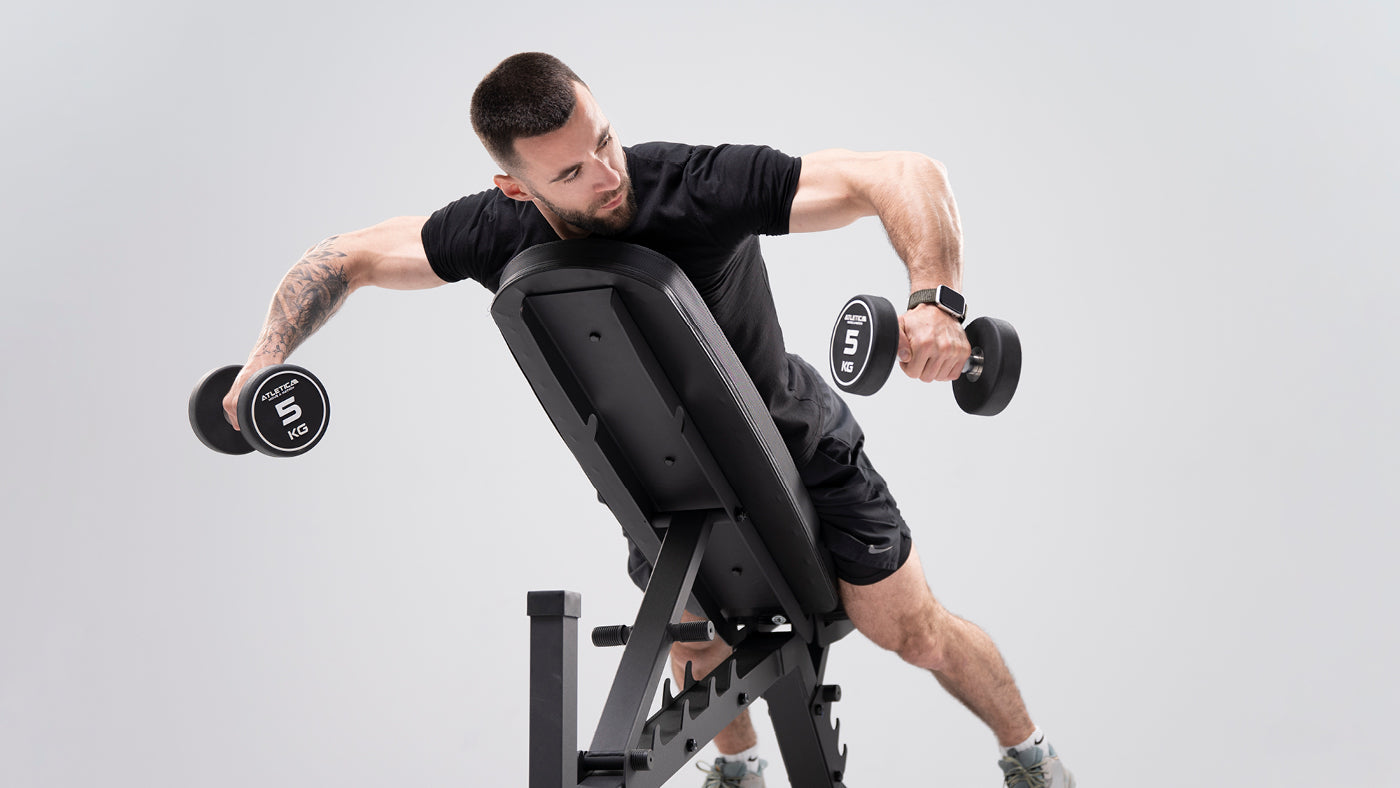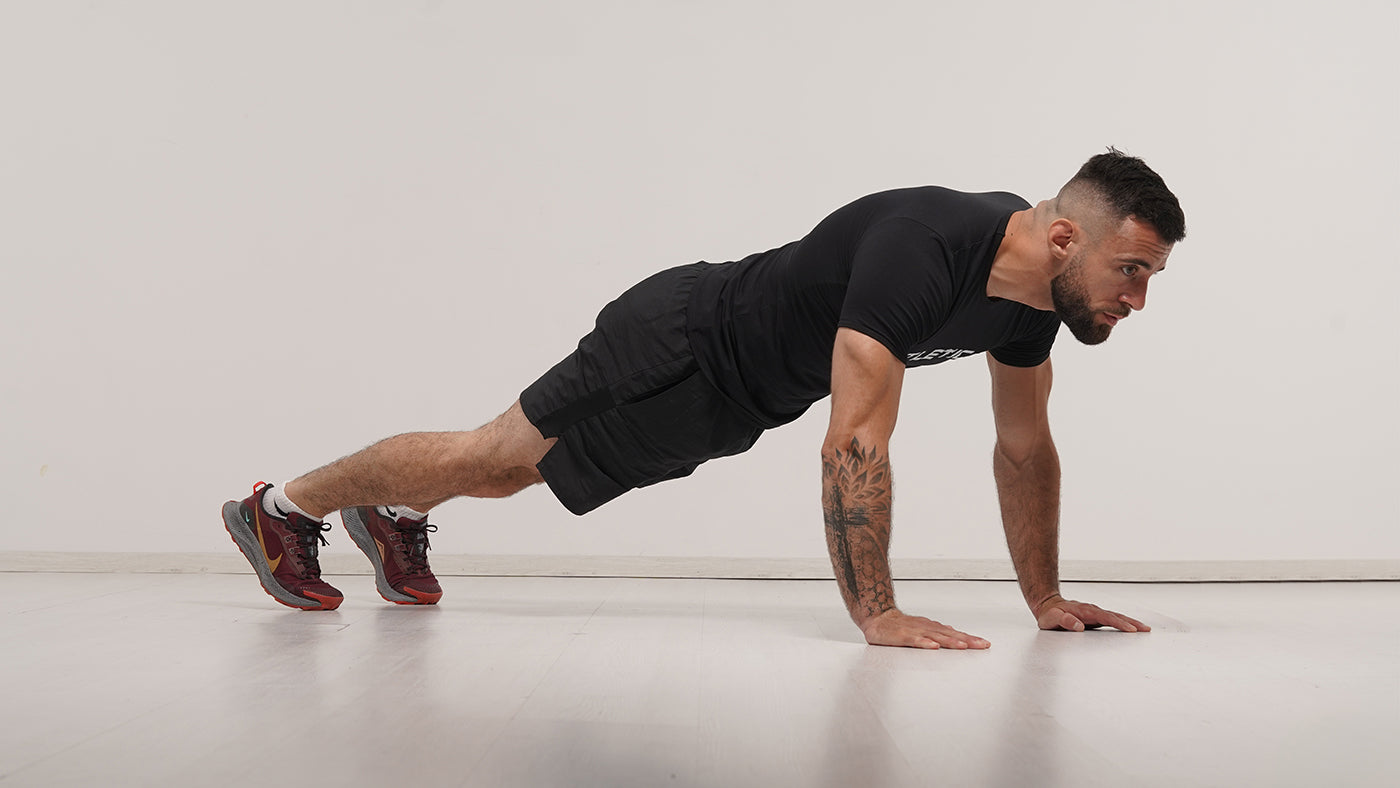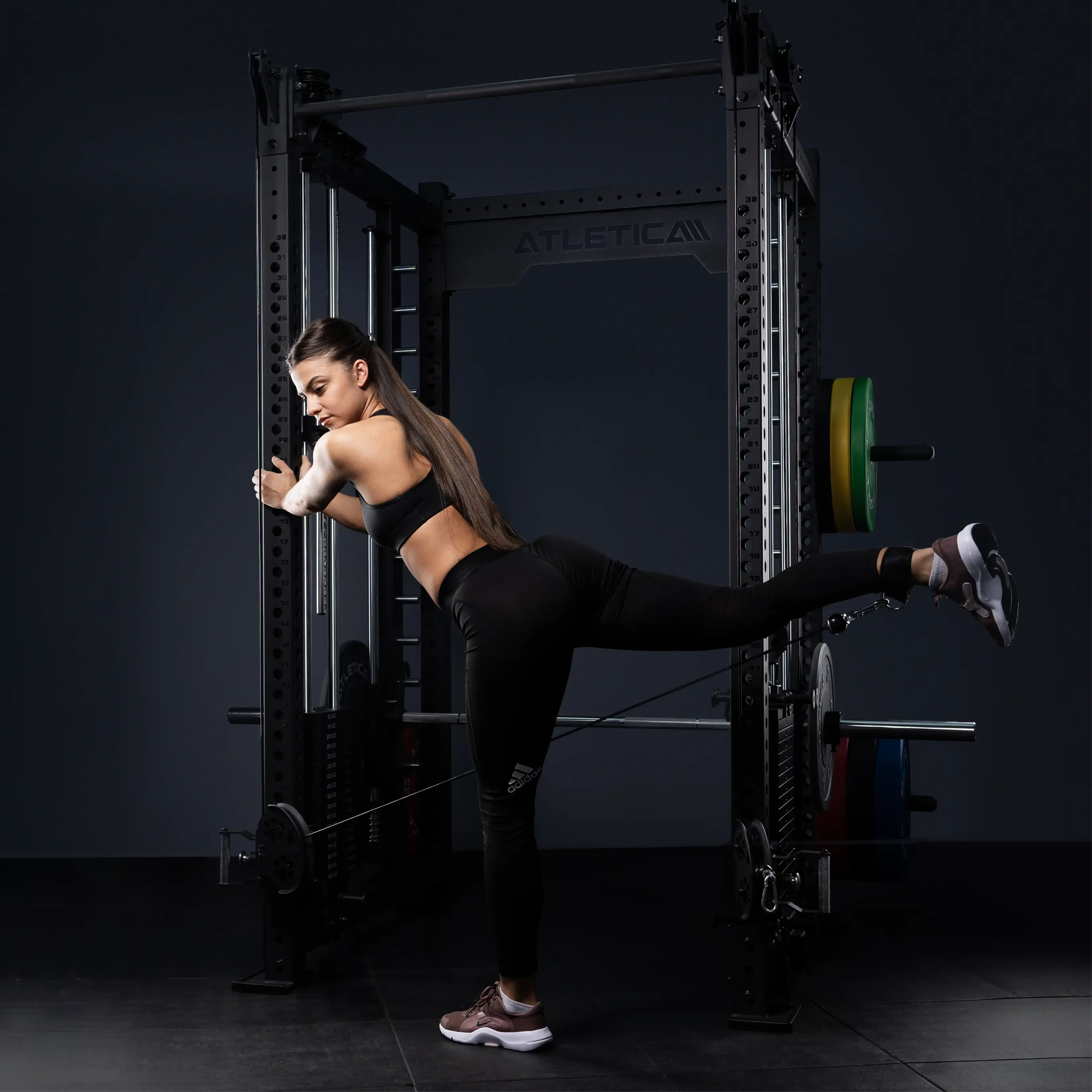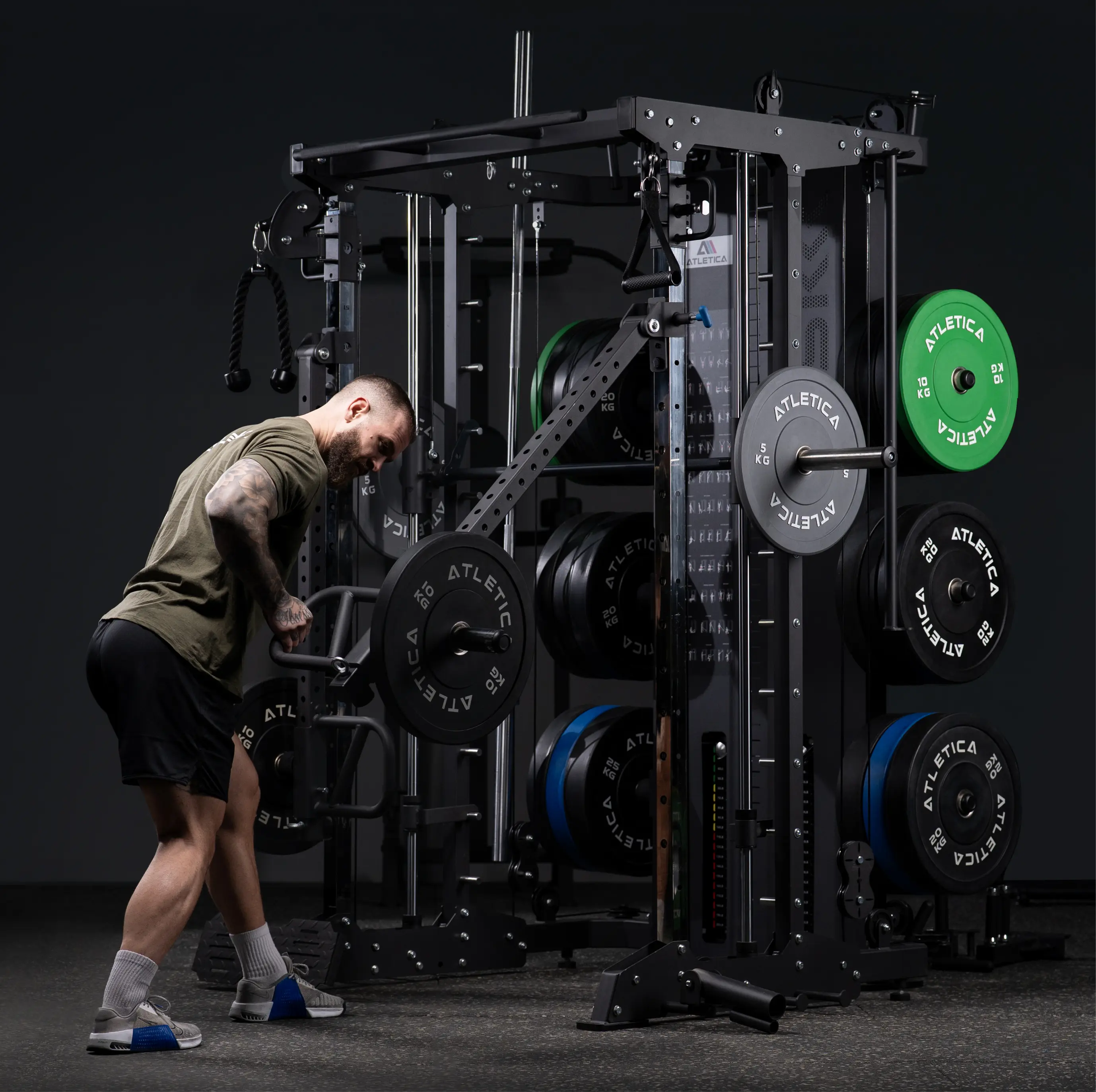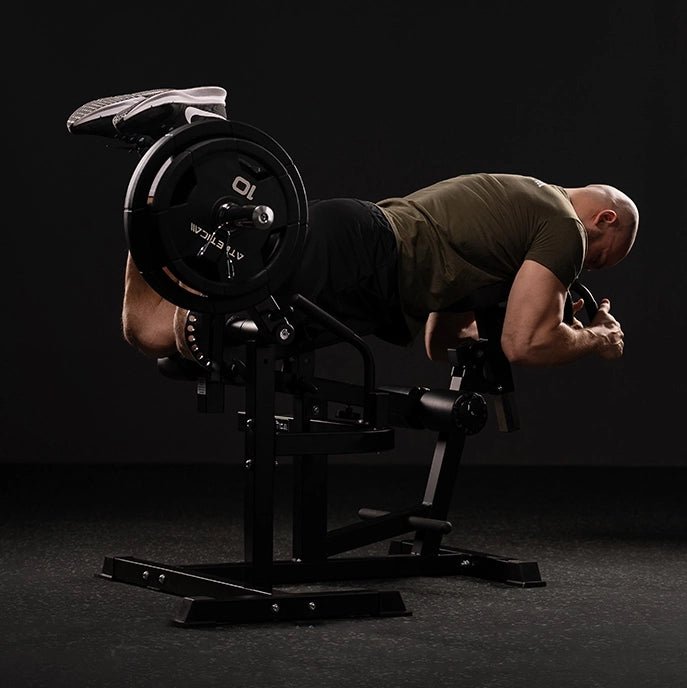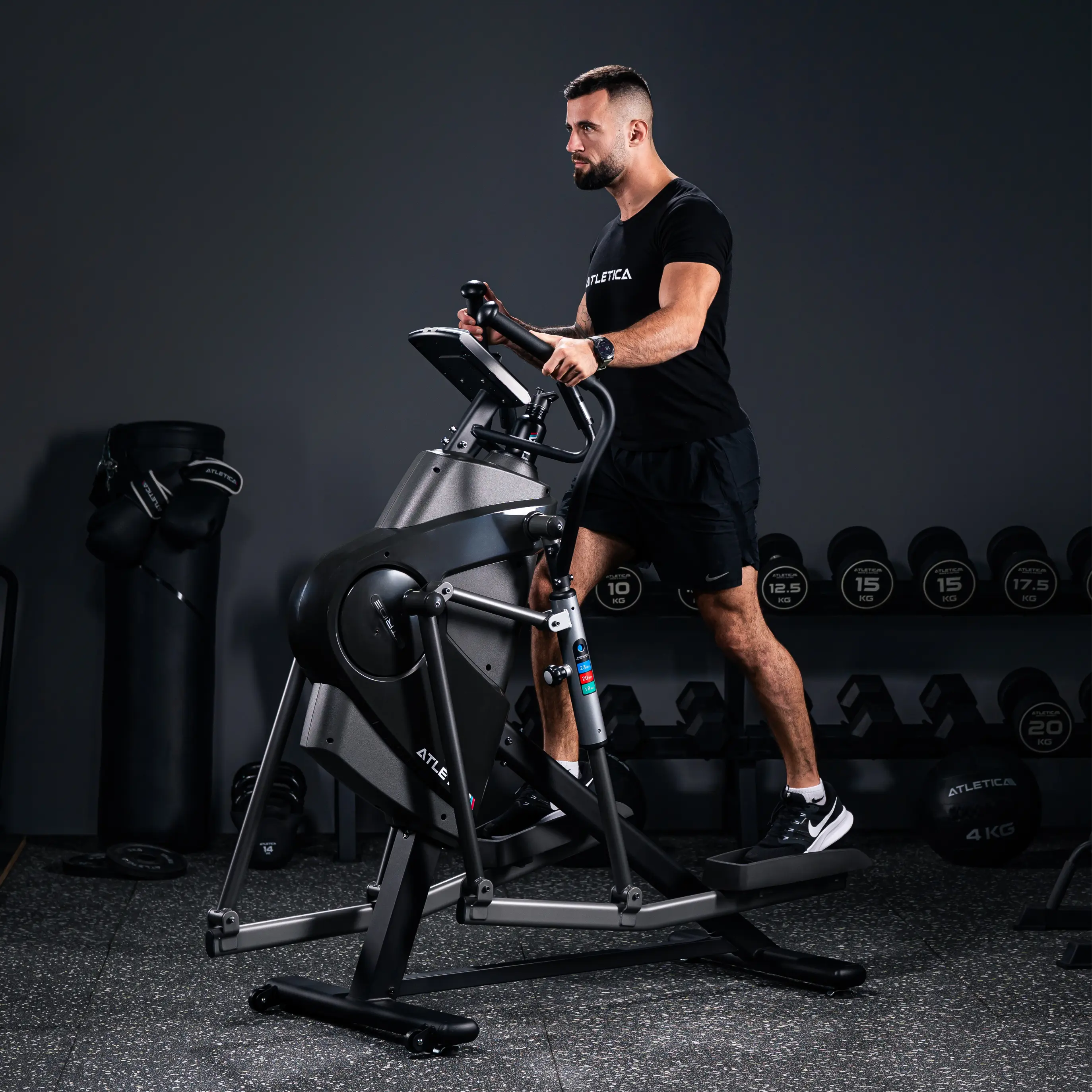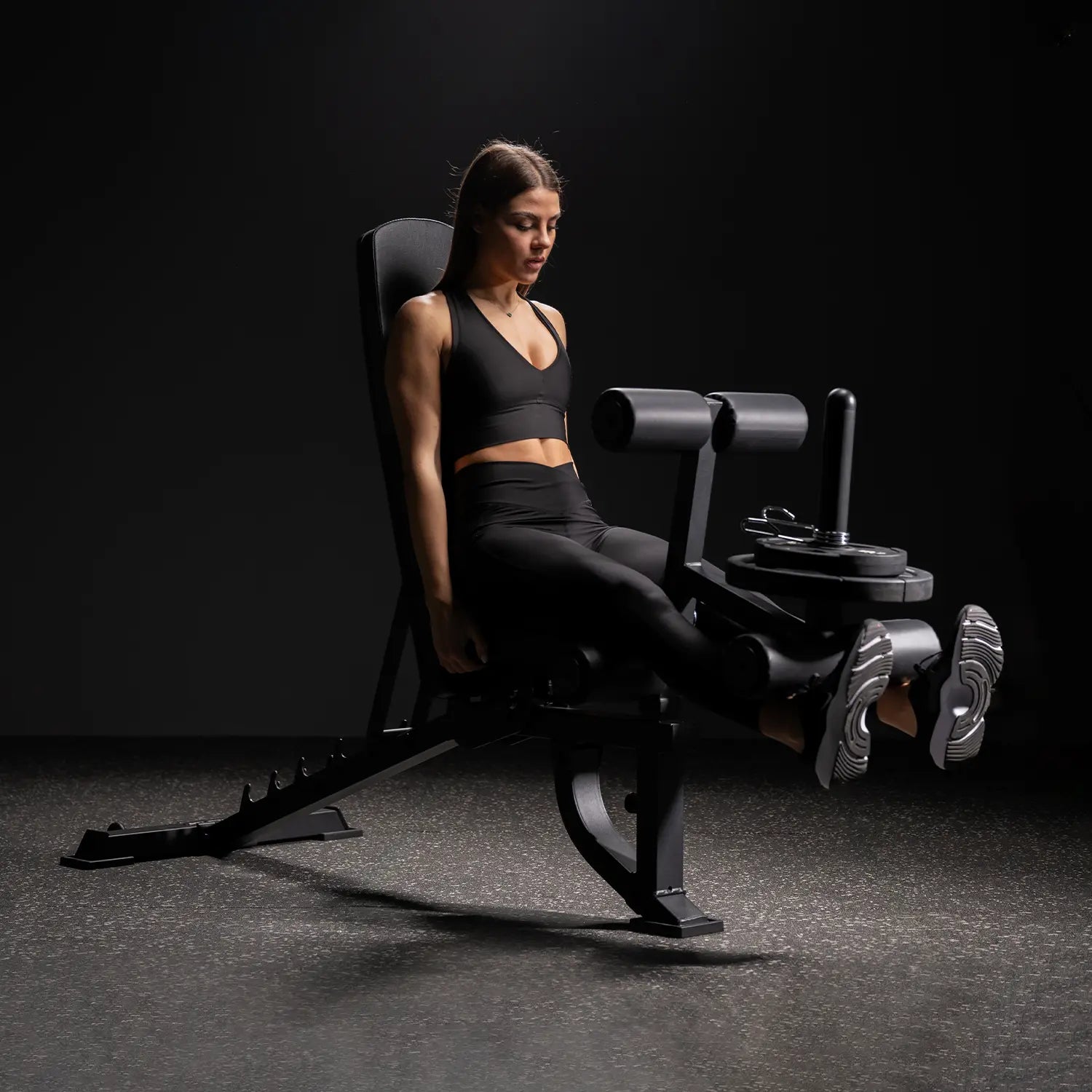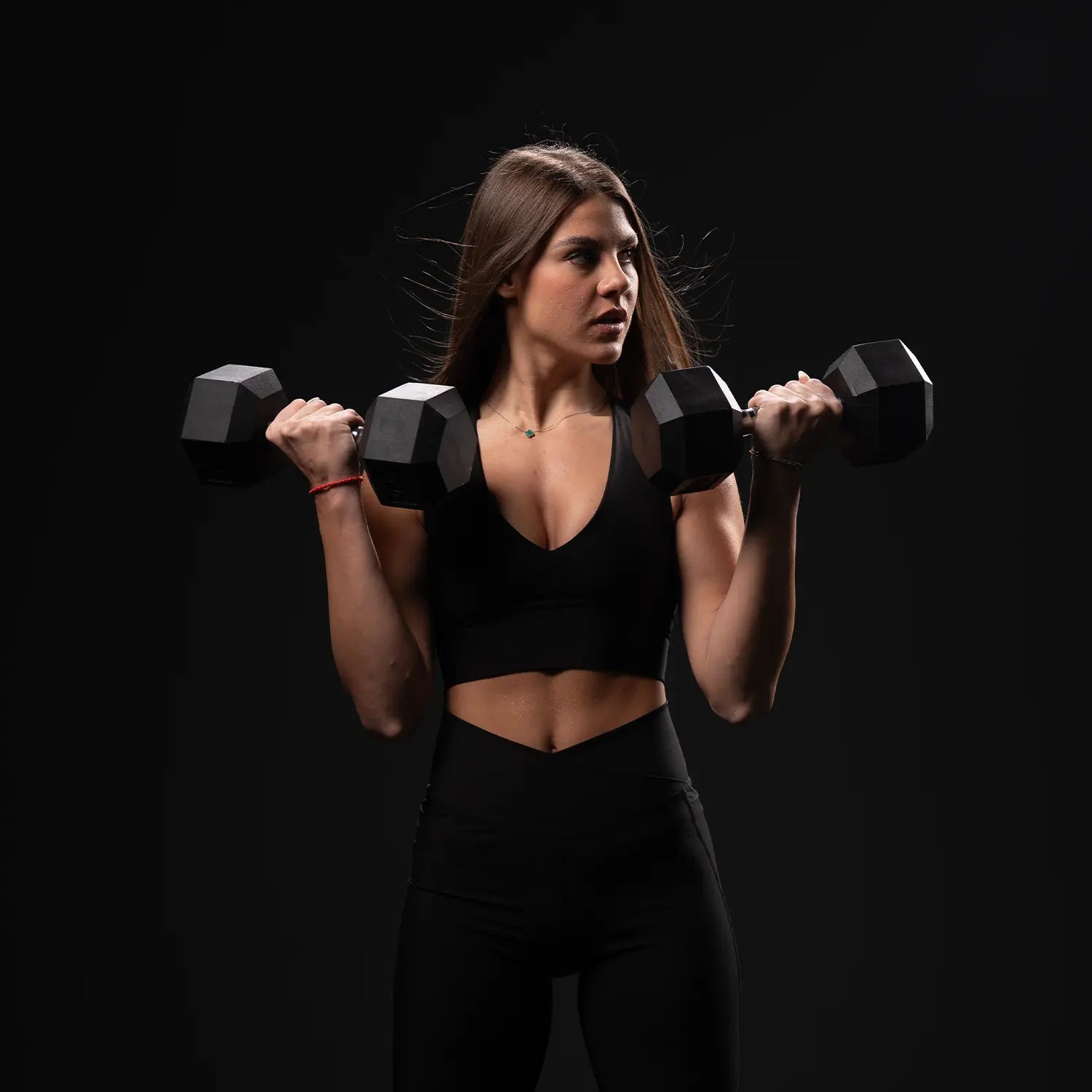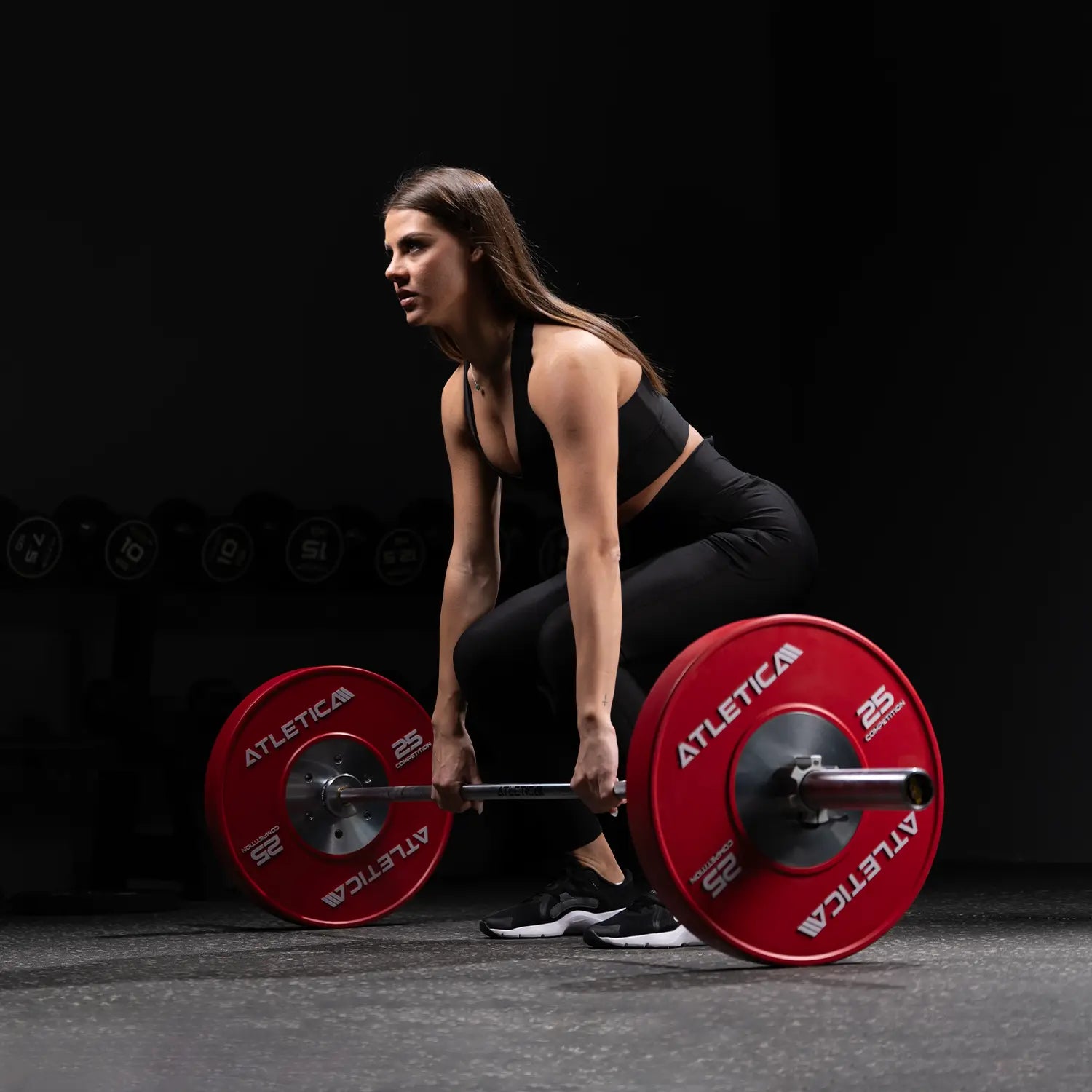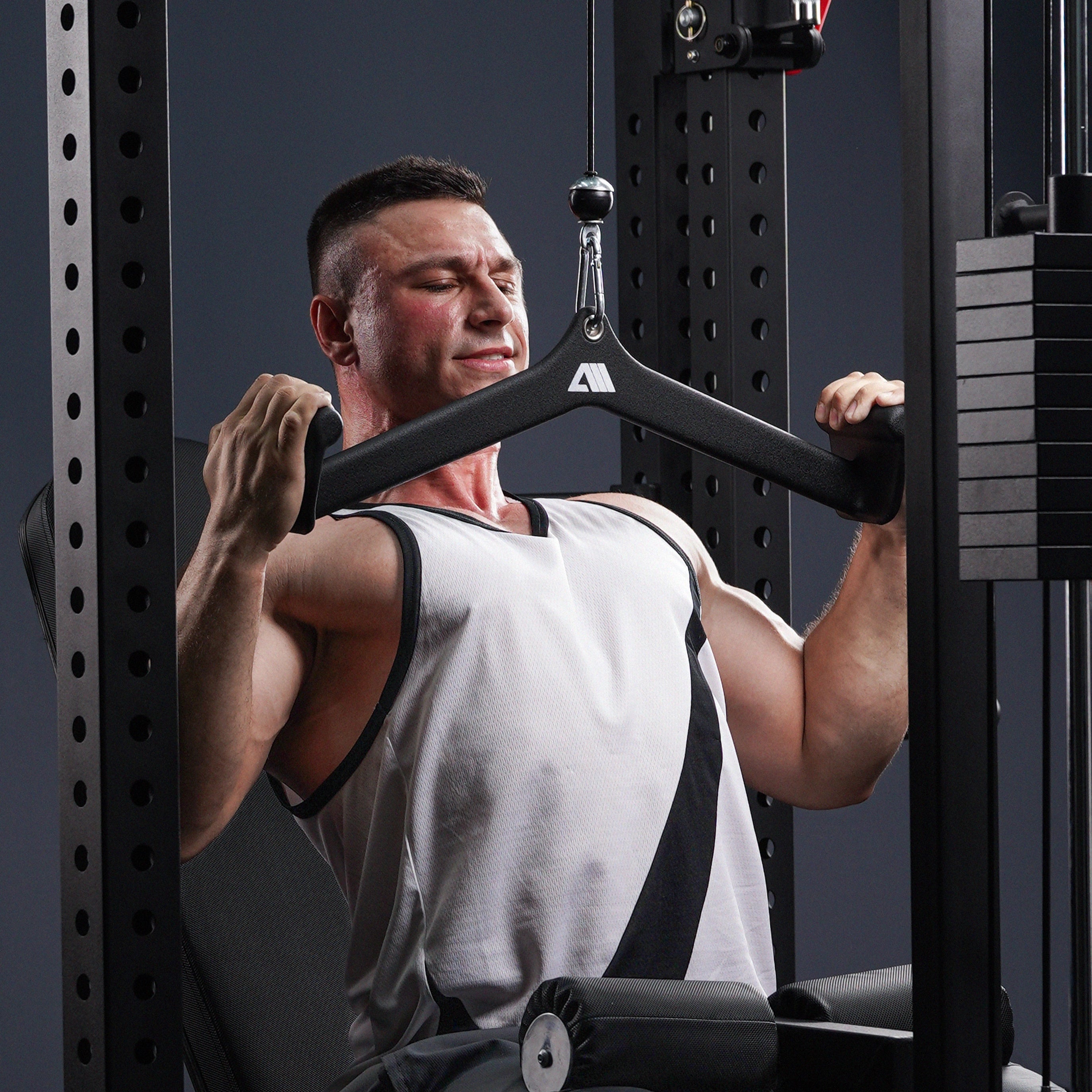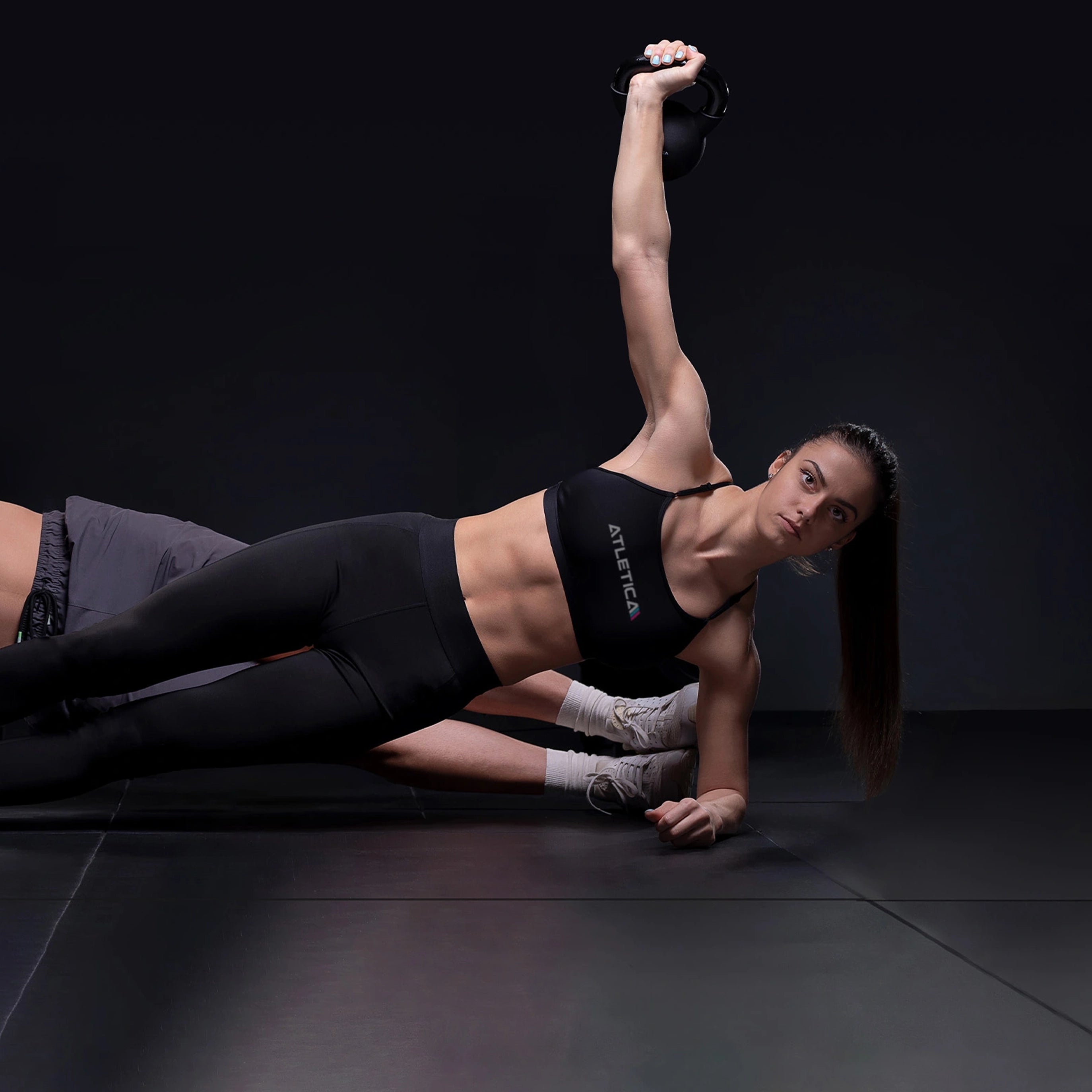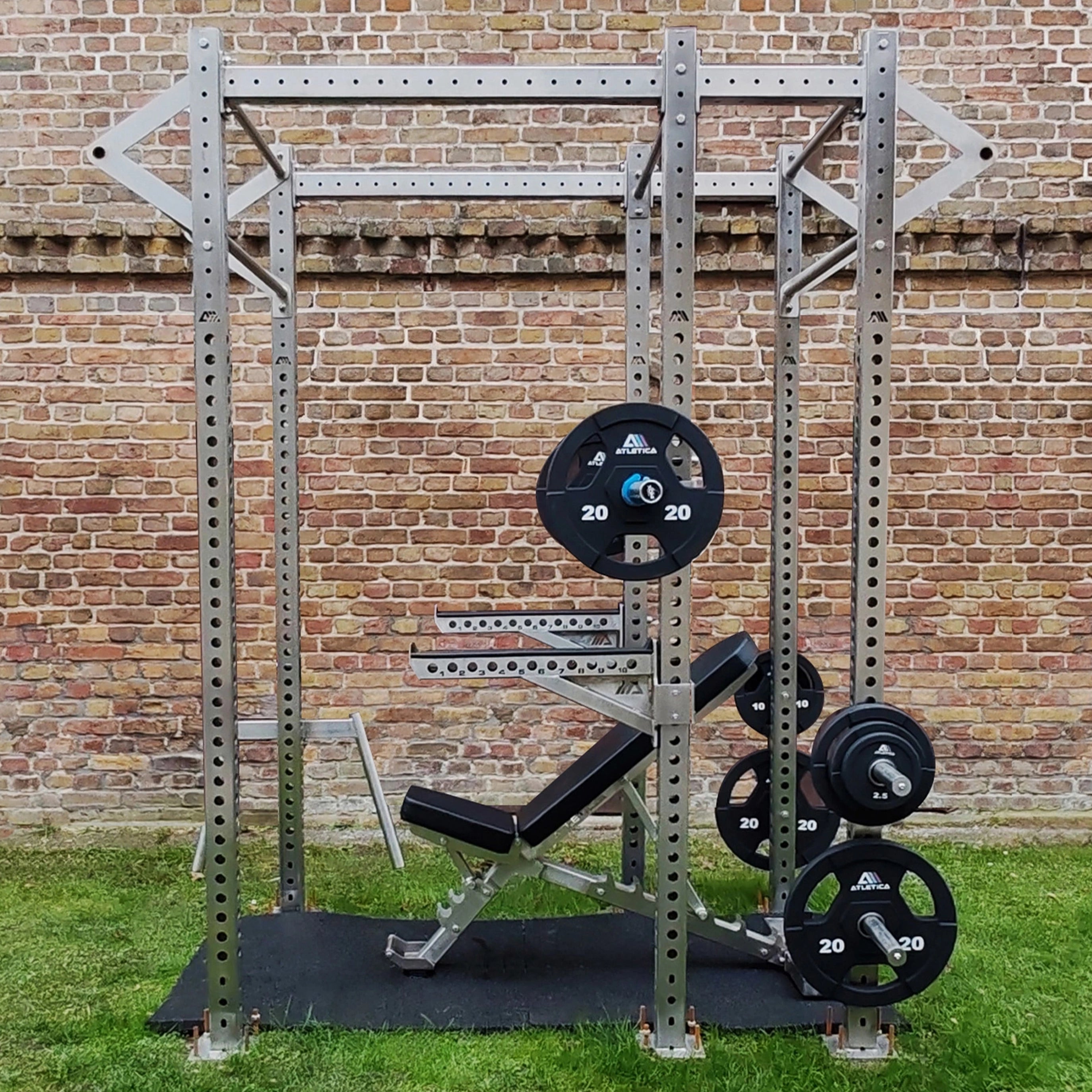Pilates has long been more than just a trend – it's a holistic training method that specifically improves strength, flexibility, and body awareness. Pilates exercises focus particularly on the deep muscles around the core of the body —the abdomen, back, and pelvic floor.
What sets Pilates apart from many other forms of exercise is that it combines controlled movements with conscious breathing and mental focus. This makes it ideal for anyone looking to prevent back pain, improve their posture, or return to exercise after an injury. Whether you're a beginner or advanced, Pilates exercises can be individually adapted and are suitable for both the gym and at home.

What is special about Pilates?
Pilates was developed in the 1920s by Joseph Pilates and is based on six principles: concentration, control, center, precision, breathing, and fluid movement. The goal is to strengthen the body as a unit—especially the " powerhouse" “ -region, i.e. abdomen, lower back, pelvic floor and buttocks.
Benefits of Pilates exercises:
- Improve posture and body awareness
- Strengthening the deep muscles
- Relief and prevention of back pain
- More mobility and flexibility
- Effective core training without equipment
- Stress reduction through conscious breathing and concentration
The best Pilates exercises for beginners and advanced
1. The Hundred
A classic for activating the deep abdominal muscles.
- Lie on your back, raise your legs at a right angle, raise your upper body slightly
- Pump arms parallel above the floor, inhale 5 times, exhale 5 times
- 10 breathing cycles → 100 movements
Tip : You can further increase the tension by placing a mini band between your thighs.
2. Single Leg Stretch
Ideal for control and coordination.
- Lie on your back, pull one knee towards your chest, keep the other leg stretched
- Alternate leg movement, maintaining core tension
- 10–15 repetitions per side
3. Roll-up
Effective training for the abdomen and spinal mobility .
- Start in supine position with arms stretched
- Slowly roll up vertebra by vertebra, then roll down again
- 8–10 repetitions
Optional : Add light dumbbells for hand support.

4. Shoulder Bridge
Strengthens buttocks, back and back of legs.
- Lie on your back, feet up, roll up your spine
- Tighten your buttocks at the top and roll slowly
- 10–12 repetitions
Variation : One leg stretched in the air → more core activation.
5. Side Kick Series
For buttocks, hips and thighs.
- Side position, lower leg bent, upper leg stretched
- Swing back and forth with control
- 10–15 repetitions per side
With a mini band, the exercise becomes more intense – perfect for Atletica’s home gym setup.
Pilates at home – what you need
The advantage of Pilates: You need almost no equipment. For more variety and targeted training stimuli, the following tools from Atletica help:
- Minibands : For activation of buttocks and thighs
- Gymnastics mat : Non-slip and comfortable for exercises on the floor
- Pilates Ball : Ideal for stability and control
- Fascia roller: For regeneration and relaxation before/after training
- Dumbbells : Optional for advanced users
Training plan : Pilates exercises for 3 units per week

Day 1: Core & Posture
- The Hundred – 10 cycles
- Single Leg Stretch – 3×15
- Roll-Up – 3×10
- Plank Hold – 3×30 sec.
- Stretching & fascia roll
Day 2: Legs & Buttocks
- Shoulder Bridge – 3×12
- Side Kick Series – 2×15 per side
- Leg Circles – 3×10
- Clamshell with mini band – 3×12
- Stretching
Day 3: Full Body Pilates
- Roll-up
- Superman
- Swimming
- Standing Leg Lift
- Standing Roll-Down
- Fascia massage at the end
All exercises can be varied and adapted according to your level of performance.

Who is Pilates particularly suitable for?
- Beginners looking for a joint-friendly entry-level workout
- Athletes who want to strengthen their core and improve posture
- People with back pain, as many exercises target the lumbar region
- Seniors , through the controlled, flowing movements
- Pregnant women & mothers after birth (in modified form)
Common mistakes in Pilates exercises – and how to avoid them
- Incorrect breathing: Make sure you exhale when you are tense – this supports core tension.
- Hollow back in roll-up or bridge: Tighten your stomach, move your spine segmentally.
- Too fast a pace: Pilates thrives on control – less is often more.
- No active core : The “ powerhouse ” is the center – always keep it activated.
- Uncomfortable surface: Be sure to use a high-quality, non-slip mat like the one from Atletica.

Conclusion: Pilates exercises as the key to more body control
Pilates is a highly effective full-body workout that promotes strength, flexibility, and body awareness. With simple exercises and minimal equipment, you can experience noticeable improvements in posture, stability, and muscle tone after just a few sessions. Whether as a supplement to strength training or as a standalone workout , Pilates is beneficial for everyone.
And with the right equipment from Atletica , your Pilates training will be even more effective. Discover suitable tools like mini bands , fascia rollers, and training mats in our online shop – and find more tips for a healthy, strong body image in our knowledge blog .


